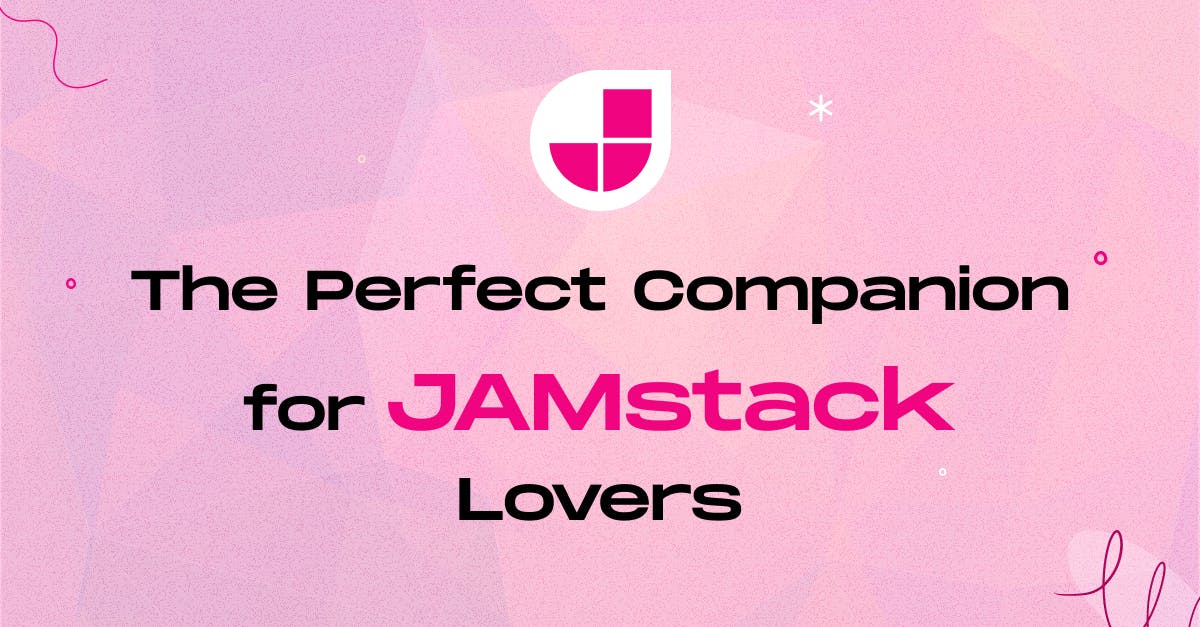February 4, 2024
Next.js: The Perfect Companion for JAMstack Lovers

Md. Saad

In contemporary web development, Next.js and the JAMstack (JavaScript, APIs, and Markup) architecture are two technologies that work well together. Let's examine each of them in more detail and see how they work well together:
Next.js:
React Framework: Next.js is a React framework for building web applications. By offering a set of conventions and tools that make the creation of React apps simpler, it streamlines the development process.
Server-side Rendering (SSR) and Static Site Generation (SSG): SSR and SSG rendering techniques are supported by Next.js, so you may select the one that best suits the needs of your creation. Dynamic content benefits from SSR, while quicker page loads are achieved using SSG, which creates static HTML at build time.
Routing: With the file-based routing system that Next.js provides, creating pages and navigating between them is simple and doesn't require complicated setup.
JAMstack Architecture:
Decoupling Frontend and Backend: The frontend and backend should be kept separate so they may develop independently, according to the Jamstack design. The backend is made up of serverless services or APIs, whereas the frontend is constructed with static files and distributed via CDNs.
APIs: To retrieve and update data, Jamstack significantly depends on APIs. This might include using both bespoke APIs for handling particular functionality and third-party APIs.
Markup: Static HTML files are sent straight to the client after being pre-built during the construction process. This leads to an improved user experience and quicker page loading.
How Next.js and JAMstack Work Together:
Static Site Generation (SSG): The SSG characteristic of Next.js fits very nicely with the Jamstack concept. Build time pre-rendering allows you to produce static HTML files that may be sent over a content delivery network.
API Routes: You may build API routes together with your pages using Next.js. These routes make it simple to integrate with the Jamstack architecture since they may be used to handle serverless operations or communicate with other APIs.
Deployment: You may deploy your application to a static file hosting service (such as Netlify, Vercel, or AWS S3) and use their CDNs for worldwide distribution with the help of Next.js's static assets and the serverless functions/API routes.
Benefits of Combining Next.js and JAMmstack:
Performance: Faster page loads and an improved user experience are the results of combining the creation of static sites with CDN distribution.
Scalability: Easy scalability with increasing traffic is made possible by using serverless functions for dynamic functionality and serving static files.
Developer Experience: Next.js makes React development easier, and the Jamstack design encourages a clear separation of responsibilities, making it easier for developers to work on different areas of the application.
In Summary
In summary, Next.js and the Jamstack design complement each other by combining the benefits of a robust React framework with the benefits of a decoupled architecture focused on static assets and serverless operations.
If you want to create a Jamstack site using Next.Js, contact Staticmania. Our dedicated Next JS team will help you on every step to fulfil your journey to create an awesome Next JS app.

